For a given PMSM motor with sinusoidal back-EMF, it can be driven by
either six-step (as in drone applications) or by FOC (as in servo
control)
That is true but as you point out ... what is more efficient.
If we take the motor on its own efficiency:
- Power out = \$T\omega\$.
- Power in = \$VAcos\Phi\$
If the motor is supplied with a current waveform that exactly matches that of its airgap flux & in-phase then maximum efficiency can be realised. There will still be inefficiencies due to copper losses, iron losses, bearing losses etc.
For a machine with a backEMF that is sinusoidal in profile, it would need sinusoidal currents & equally phase currents in alignment with the q-axis of the motor.
Anything that distrupts this will reduce the efficiency:
Harmonics in the current waveform (quasi-squarewave is rich in harmonics).
Angular alignment (an increase in \$\Phi\$ increases the amount of D-axis current)
So immediately exciting the stator via 6-step will not be the most efficient method.
However... you must view the entire system as a whole. 6-step is easy... zonal firing, simple current regulator. If you were to deploy sinusoidal excitation you would need means to measure the current (either just the DC to reconstruct or the 3phase currents for full visibility). If you wanted to go the route of FOC (and not you do not have to with sinusoidal drives, it just makes the control laws simpler) you would need a micro-controller. Likewise if you have gone to the effort to implement a FOC you might as well implement a SVM block to maximise the utilisation of your DClink voltage (sinusoidal PWM is only 50%, SVM is 86%).
All of this adds complexity, time and more importantly weight & volume & this is something of a premium in low-market drones. In the field of UAV's then the choice swings the other way as the increase in complexity is outweighed by the increase in power efficiency

